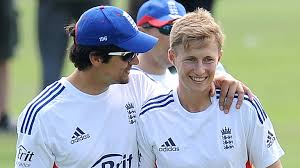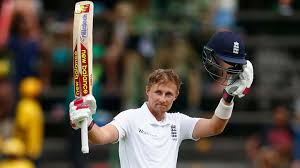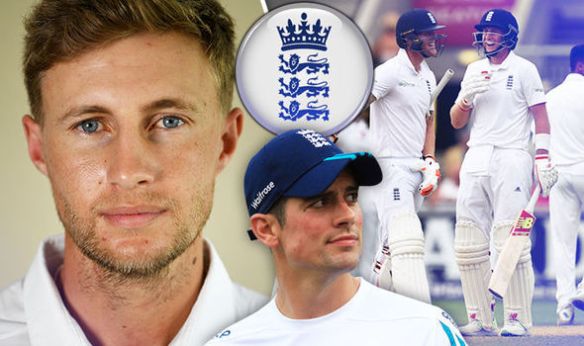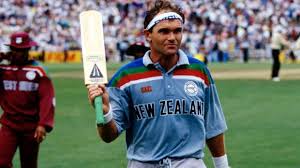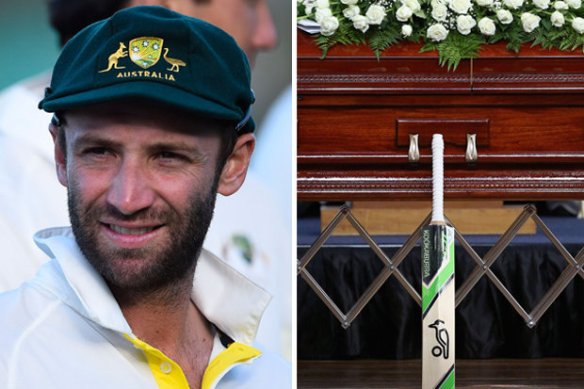
A flashy youthful southpaw from a small town called Macksville in NSW knocking on the doors of Test Cricket for yet another chance that was up for grabs in the coming Test series against India tried pulling just another rising short delivery from another upcoming fast bowler just trying to get his wicket as thousands of others round the globe, gets hit on the side of his neck as many others have been in past. He stands stunned on his knees for a few seconds and then goes flat on the pitch on all fours, head first, all the opponents wanting to see the back of him in the pavilion, stand concerned and immediately know something really nasty has happened. The rest is history and Philip Hughes has left this finite world after making a slight mark in Test Cricket by his twin centuries especially against the likes of Steyn, Morkel, Ntini and Kallis in only his second Test against South Africa. He has indeed left an indelible mark on our memories by the way he died and made huge question marks on the safety of the elegant and artistic game that is cricket, with millions of diehard fans spread across the continents.
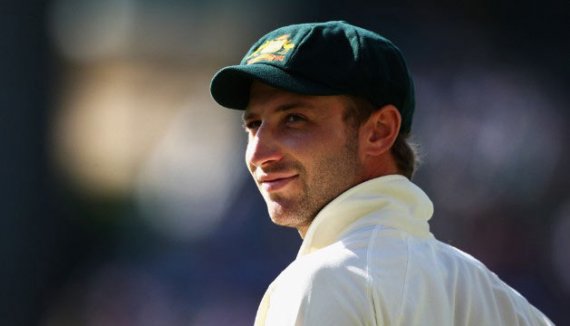
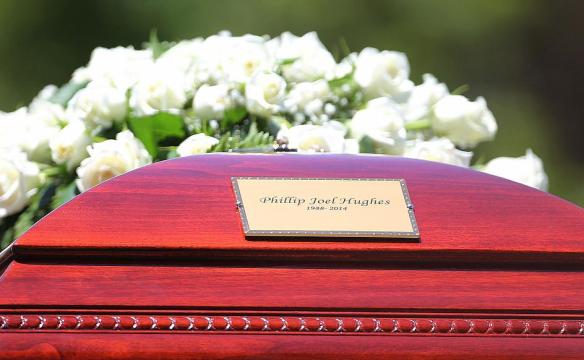
The last week has been terrible not only for Cricket Australia but the sombre mood and mourning continued all over the world whether it was Sri Lanka, India, Pakistan or England, New Zealand and West Indies. Everyone felt as if something close to them has been taken away. People who had never seen or met him in person mourned his death and got badly affected by it. Myself included, perhaps since the death of Ayrton Senna many years ago, haven’t felt that bad on the death of a sporting personality whom I didn’t particularly admire due to his flashy style of play unsuitable to Test Cricket, being exploited in past time and again in the slip cordon. I had heard about his injury a day before and seen the video even, and thought like many others it would likely be an Extra/Subdural Haematoma and after prompt evacuation and induced coma he would be back on his feet in few days maybe playing cricket in a few weeks’ time, at the most out for a season, and ruing his missed chance in the coming Test in his close mate Clarke’s absence. While on close observation of the video which I only studied in detail later on, showed quite well he was unconscious within few seconds after standing upright for a short while. Later reports mention he was given a CPR and intubated as we was having a Cardiopulmonary arrest before being taken to hospital. Certainly something as bad as the Vertebral Artery Dissection with massive intracranial bleed killed him instantly while he was artificially kept alive. It was a freak accident and no one would have thought Sean Abbott the least who delivered the bouncer and no doubt would be having nightmares, that it could have killed him. I checked online before work to check the score as a ritual in the morning as Pakistan was playing the Kiwis and quite unusually the play was called off and there was the terrible news. Phil Hughes was no more! I had trouble focusing starting work in a few minutes, his strokes and his cricket life flashed in front of me, how I had ridiculed at times, this guy couldn’t sustain being in the Aussie team with his flashy cuts and chasing the wide ball as in England a season ago. I didn’t have to make life and death decisions imminently as at times we had in emergencies in past but the loss of a young life affects one deeply especially so if taken away in such a way. He was a brave person indeed, a great executor of the cut and the pull short, not easy shots to play and can cost one’s wicket easily; could easily be classified as reckless……But then so were the likes of Lara, Hayden, Gower, Gilchrist, Saeed Anwar all left handers, great players themselves, flashy yet elegant!

Cricket on the surface doesn’t appear to be a dangerous sport at all especially if we observe the way it is played in a leisurely manner in some of the most beautiful picturesque fields in the serene countryside whether in England or New Zealand or on the streets and driveways in India, Pakistan and Bangladesh using makeshift equipment whether it is the ball, bat or the wickets. Mostly it is an entertainment for all and sundry, the main hazards being the house windows and cars being damaged by the hits splayed in the houses/streets. Yes an occasional blow in the ribs, bruises on the thighs and broken fingers is a norm and everyone including me have had his fair share. We all often get hit in the face, skull to the absolute delight of the bowler who at times intend to hurt you. We have all been through these phases, trying to unnerve the batsman, bowling chest or head high bouncers imitating the Marshalls, Holdings, Roberts, Lillees, Imrans, Waqars, Wasims and Shoaibs amongst many others. Luckily I have only been hit on the head once with a cricket ball and that too while fielding which is as hard as a stone weighing around 5 ½ Oz, countless other times rapped on later badly bruised fingers, thighs and once a very badly bruised toe attempting to flick a Yorker. I have had the discomfiture of watching some of the very horrible injuries sustained on the cricket field, once live when a friend on the non-strikers end got smacked by a full blooded shot right in the head and immediately taken to hospital luckily unscathed with any serious injury. Even in a normal days play especially if you are a keeper, for those who haven’t played the game much, you end up with bruised swollen hands and fingers, unless you let the balls go!
We have all taken pleasure at the sight of opponents being floored by whether the likes of Imran especially against India, be it a non helmet bearing Mohinder Amarnath on the receiving end or Richie Richardson spitting blood being hit by Ratnayeke or a helmeted Chanderpaul knocked unconscious by a Brett Lee screamer and at others many illustrious and non-illustrious ones under the barrage of Wasim, Waqar, Steyn, Ambrose and Shoaib. Even the likes of Ponsford and Bradman had to bear the brunt in Bodyline series, a strategy devised by Jardine employing Larwood and Voce to tame the free scoring Aussies in 30s. Many were injured and a diplomatic furore occurred. The Australian captain Woodful himself hit on the heart commenting “there are two teams out there and one of them is playing cricket!” It was highly effective, in those days without helmets, Australia losing the series but with a heavy price of shame on England’s part. Larwood never played at a high level again afterwards. And the irony was that it was done deliberately to hit and injure the opponents! Even the best of the best including Ponting, Lara, Miandad, Zaheer, Richards have been hit on the head. No matter how good you can hook and pull and no matter how good your reflexes are, one is liable to get hit if one takes a chance or momentarily takes his eye off the ball. There are some pitches and at times the ball is moving around in a way being virtually unplayable by any bastman even the best of the trade. Nasser Hussain was prone to breaking his fingers, which is quite a norm and considered very minor. Steve Waugh and Atherton in recent history are known for facing the barrage from the likes of Ambrose and Donald respectively with valour and resolve, taking blows on their body time and again but unremitting and winning battles in the end. Gatting having a bloodied nose with shattered nasal bone on the cricket ball delivered by Malcom Marshall who also died incidentally at a young age but outside the cricket field of bowel cancer, recently Ahmed Shahzad breaking his zygomatic bone, Alex Tudor breaking his skull off a Brett Lee ball are just some of the vast library of memories which come to one’s mind. A youthful Ian Botham being hit by a Andy Roberts snotter breaking his teeth and then fighting on to help his county win a semi final match made him a hero all over UK long before his Test debut. Saleem Malik and Malcolm Marshall playing with a broken hand, the latter incidentally blasting England in a test match was a sight to watch indeed, prompting headlines of Marshall Law in Leeds. There have been people like Ponting and Waugh who after being hit just shrug off and continue playing as if nothing has happened, some get awfully scared and throw their wicket away in the next few balls visibly shaken. But it is the battle between a fast bowler and a great batsman which delights a test match crowd, whether it was a duel between Imran and Richards, Greenidge or DeSilva or one the likes of Lara and Tendulkar with Waqar and Shoaib or one between Steve Waugh and Ambrose or between Lillee, Thompson and Richards. Inevitably the man with the character and courage comes on top!
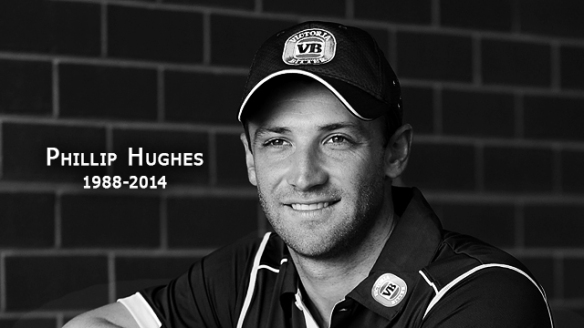
Then there are occasions of Umpires being hit awkwardly as well as the non-vigilant spectator in the crowd, a passer-by or at times freak collisions between two fielders going for a catch, a bowler twisting his knee in his stride like David Lawrence who never played cricket for England again, someone sliding badly and damaging his knee ligaments and ruining one’s career like the heartthrob Simon Jones who helped England win an Ashes. At once a spectator whether on the field or in front of the TV screen knows something really terrible has happened. The feeling is not comparable to the one when someone getting hit and falling unconscious, with a immobile flaccid body is something we all dread, Ewen Chatfield it is said stopped breathing for a while after being hit in the head on his debut and resuscitated by the physio. It is an awful feeling for the bowler even if he had tried to hit the batsman deliberately never intending to kill him or injure him badly.

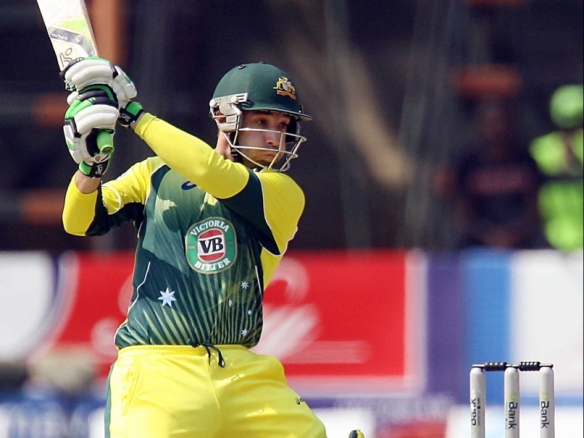
Senna’s death at Imola is a flashback every time any such injury happens in any sports whether it was a Robert Kubica crash in Canada or a Mark Webber flip in Korea. Nicki Lauda with his severely burnt face is a reminder for all of the dangers of Formula1. But he came back to win a World Championship later on and nearly won the same year when he was badly injured in a near fatal crash. Felipe Massa nearly lost his life and so did Bianchi who is still recovering. The multiple World Champion Schumacher is still recovering slowly from his severe head injuries after a skiing accident in Alps and may not completely regain all his mental and bodily functions. Boxing is fraught with injuries all the time quite bad ones too as time and again one is battered in the head by the opponent in the name of a game I too once adored. Some sports are more dangerous than others and some pretty harmless but freak accidents can happen in any even in Squash or Tennis. Contact sports or extreme sports are more likely to cause severe injuries. Cricket once thought to be just an elegant game of the elites now popular amongst millions and millions of people, has now posed some serious safety questions, helmets and body protection has been there for quite some time and restrictions on bouncers, policing on beamers and deliberate threatening bowling especially to tail enders is discouraged but still some menacing fast bowlers try to intimidate, which will carry on and for the fine battles we had been used to will continue forever and people will forget Phil Hughes as yet another casualty in a freakish accident. Helmets would be probably of more protective nature in future but it was a good omen for cricket in the recent first class match between the Aussies and Indians that fast bowlers were bowling bouncers with freedom and batsmen negotiating and not fearing to attempt the pulls and hooks which if taken away from the game will make it a boring spectacle. The spirit of the game must carry on and the battles between fast bowlers and the finest batsmen will continue to enthral audiences worldwide. That’s what Phil would have wanted certainly, Sean Abbott needs lots of support as his skipper Clarke offered to play him in the nets first up!
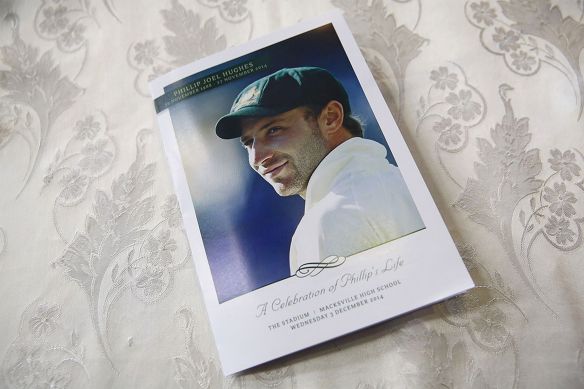
Phil Hughes maybe 63 not out forever and there won’t ever be a No 64 in Cricket Australia, this World Cup might be for Australia to win in his memory, the game of cricket that we all adore, would carry on and we would always cherish the memories of the #408 who once played for the Aussies and was never scared to execute his favourite strokes across the field…………………RIP!
